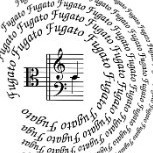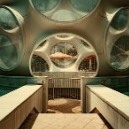External light meter: Which one should i get?
-
Recently Browsing 0 members
- No registered users viewing this page.
-
Similar Content
-
- 31 replies
- 1,960 views
-
- 19 replies
- 952 views
-
- 34 replies
- 4,462 views
-
- 40 replies
- 15,881 views
-
- 10 replies
- 2,845 views
-






Recommended Posts
Join the conversation
You can post now and register later. If you have an account, sign in now to post with your account.
Note: Your post will require moderator approval before it will be visible.